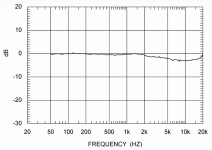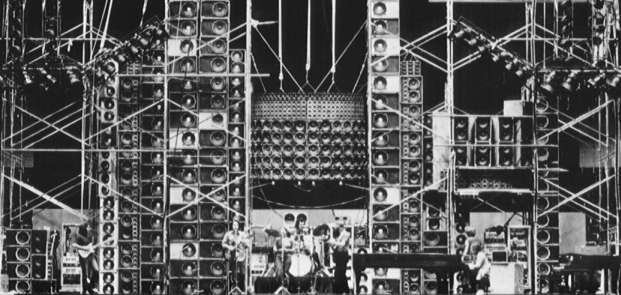Dpod4
New member
- Joined
- Apr 5, 2013
- Messages
- 1,321
Based on the information from the OP, playing LOUD without apparent distortion is not misuse. Hell, I would be in real trouble if that was the case
It should be under warranty as something has failed.
Know doubt we will hear soon what the problem was.
Magico is very fair and they will diagnose what happened.



